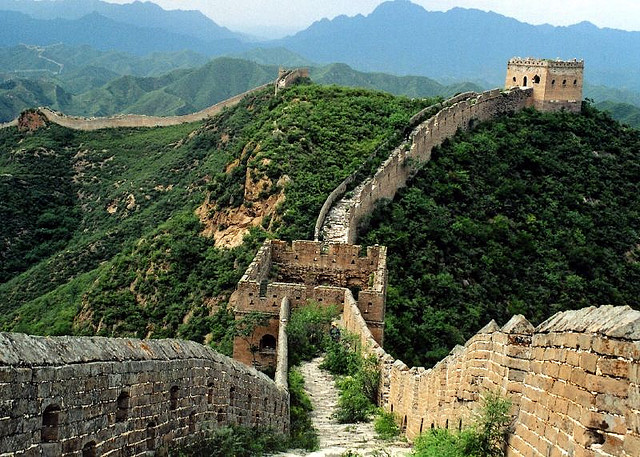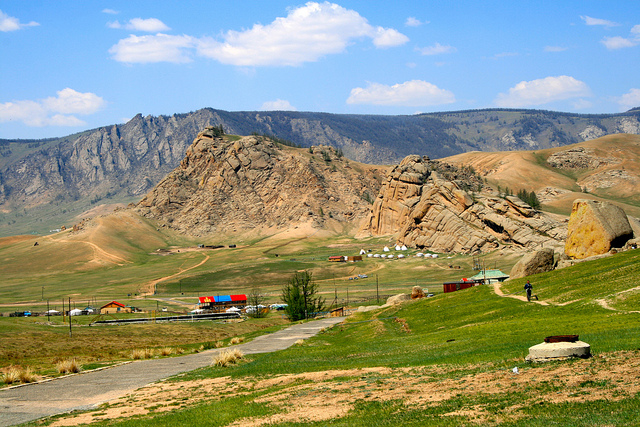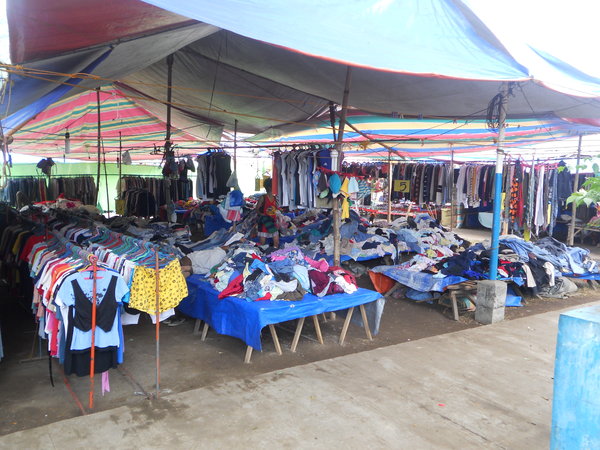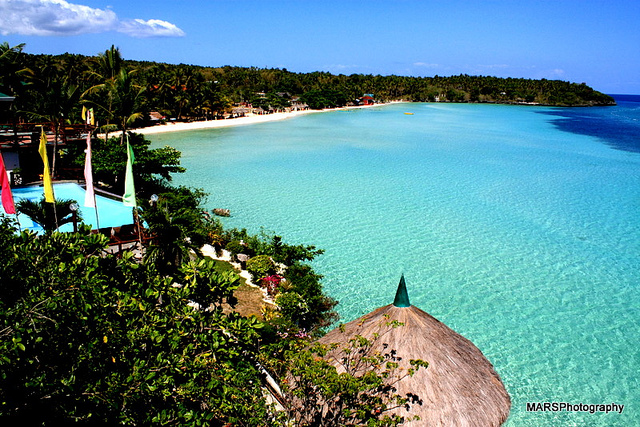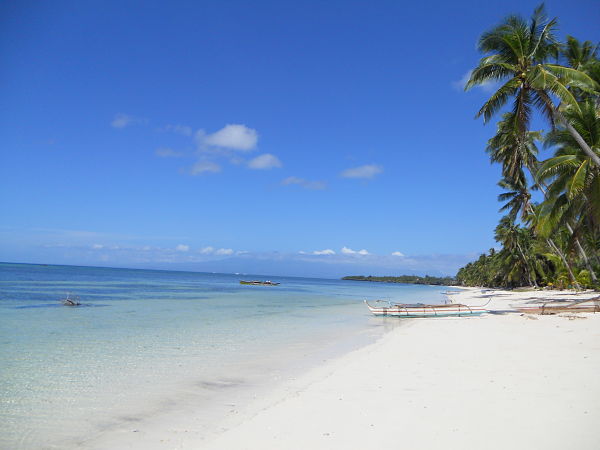If there’s one thing that has become very rare in the Philippines, it is its rainforests. Rarer still is primary growth forest fringing a coastline, which have all been cleared in the past to give way to human habitation and agriculture. This sorry state of environmental affairs in the Philippines (and elsewhere) makes Sibuyan Island all the more precious.
Rising out of central Philippine seas is a crescent-shaped island that was, millions of years ago, a 2,000-meter seamount pushed up by seismic forces to become the jagged peaks of Mount Guiting-Guiting. Because it was not part of the larger Philippine landmass, the flora and fauna of “G2” (as Mt. Guiting-Guiting is called in Philippine mountaineering circles) is uniquely its own, worthy of an extensive study by naturalists and biologists who consider the island as having the densest forest in the world. The unbelievably rich plant and animal life G2 contains has made it the “Galapagos of Asia,” a distinction that puts it in the radar of eco-travelers.
Below is a compilation of glimpses that make G2 and Sibuyan Island a compelling destination for all nature lovers.
The sheer cliffs of G2 have worked to the advantage of the preservation of the forests in the island. Logging on its steep slopes would require more effort than usual (not to mention transporting the logs in a punishing 6-hour boat ride to the nearest major port).
Walking sticks escape their predators by using a common sense technique of camouflage. Predators could easily mistake this clever insect as an unpalatable dried twig.
Terrestrial orchids also find home on G2’s steep slopes and make for pleasant diversions when mountaineers become too tired to move further up.
A quick look at this succulent plant reminds climbers of the geologic past of G2. One can speculate that this plant may have been a staghorn coral in its past life because of its uncanny resemblance to the latter.
This looks like a silver-bellied cicada (with its silver belly and green wings), but because the faunal inventory has not yet been completed, who knows?
Another yet-to-be-identified nocturnal, leaf-feeding insect found on one of the camps in G2.
Pitcher plants lure insects into their sticky receptacles and then dissolve them with acid-like enzymes. Pitcher plants, some big enough and capable of devouring rodents, are a minority in the plant kingdom because they are carnivorous.
Another wild orchid found on the slope of G2 is the lady slippers orchid because of its unmistakable resemblance to its namesake.
Rattan is a commercially important plant-based raw material in the Philippines because it can be fashioned into tasteful and elegant furniture. The country is in fact one of the major producers of rattan furnitures in Asia.
The thick canopy of G2 slopes is a refreshing and inspiring sight in a country whose rainforests are fast disappearing due to commercial and illegal logging.
Sibuyan Island in Romblon Series –
Photos by Lester Lope and Maevin Poncejan-Recto
